Meet Our Consultant Team
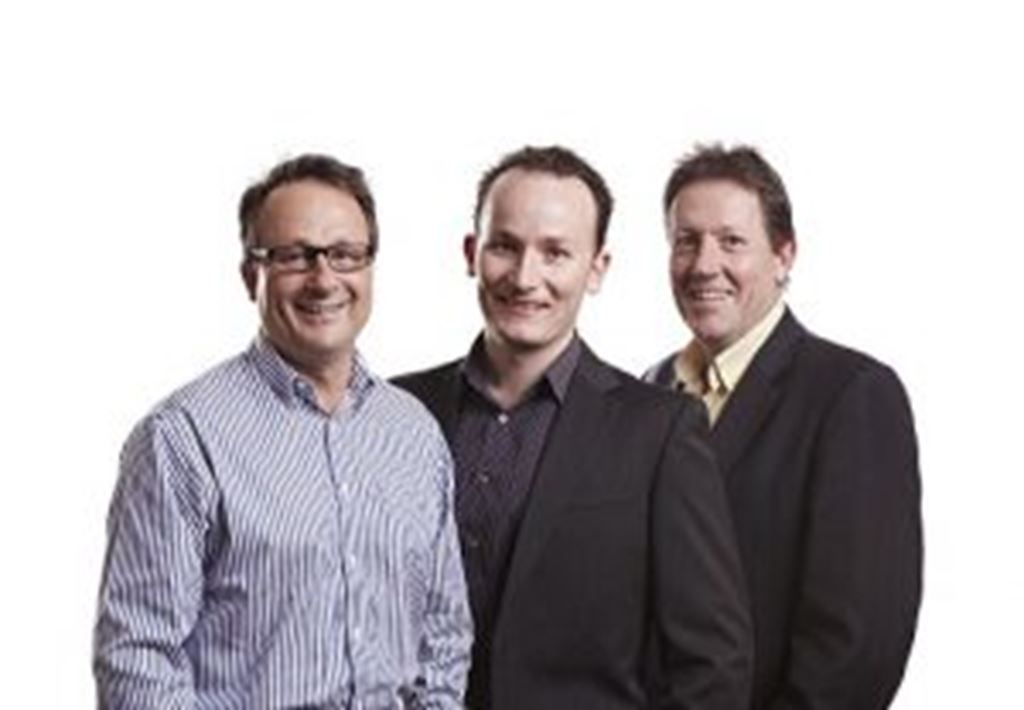
If we can assist please call Peter, Simon or David on 03 9882 2500 or email;

Owning investment property is an important step in your financial future. Using a Property Manager to manage your investment should help to minimise risk and maximise your returns.
Choosing the right Property Manager for your needs is essential to correctly manage your property and ensure your investment works for you.
Why use a property manager?
A good Property Manager will do more than just collect your rent – they will:
• Understand the laws and legislation of Real Estate, find and screen suitable tenants, conduct inspections and organise maintenance where required
• Provide advice on increasing the value of your investment
• Ensure any disputes with tenants are dealt with quickly and efficiently
• Provide a very high quality service which removes the stress for you
• Regularly review your rental, with access to comparable rentals and negotiate appropriate increases, while minimising vacancy periods
• Most importantly, a good Property Manager will assist you to preserve the condition of your property, increase its value and maximise income – that’s ultimately why you are investing in property in the first place!
Questions you should be asking
Does your Property Manager:
• Conduct regular rental reviews and provide you with comparisons?
• Conduct comprehensive routine inspections and provide you with condition reports?
• Monitor lease dates to minimise vacancy periods?
• Ensure rent is paid on time, every time?
• Conduct maintenance where necessary and have excellent relationships with tradesmen?
• Monitor the property and tenants regularly?
• Know and act in accordance to the Residential Tenancies Act?
• Have the capability, contacts and marketing knowledge to re-let your property quickly?
• Understand the bond lodgement process and legalities?
• Have the ability to deal with Body Corporate issues as they arise?
• Have experience screening, interviewing and choosing suitable tenants?
• Advise on works or maintenance to increase the value of your property?
• Represent you at VCAT should issues arise?
• Conduct thorough final / exit inspections?
• Contact you and respond to your queries in a timely manner where necessary?
Discuss your needs with your First Point Group Consultant and we can refer you to one of our trusted property management businesses.


If we can assist please call Peter, Simon or David on 03 9882 2500 or email;
What is Equity?
Equity is the difference between the value of your home, and your home loan. For example:
$900,000 Value of Your Home
($400,000) Home Loan
$500,000 Equity
In terms of borrowing against your equity, most Lenders prefer to allow borrowings of no more than 80% of the property value, due to the increased risk for the Lender and Borrower.
It is possible to borrow more than 80%, up to 95% in some cases, however this usually attracts expensive Mortgage Insurance and a higher interest rate. Accordingly, we should calculate 80% of the property value to achieve the “Lender Preferred Equity”.
Lender Preferred Equity
$900,000 Home Value
x 80%
$720,000 Lender Preferred Value
($400,000) Less Home Loan Amount Owing
$320,000 Accessible Equity
There are two ways you can access / borrow against this accessible equity:
What is Cross-Collateralising?
Cross Collateralisation is a term used to describe when two or more properties are used to secure one or more loans by the same lender. Cross Collateralisation can assist you to borrow 100% of a property purchase, plus costs (i.e. Stamp Duty etc.). This can be achieved by leveraging off the Accessible Equity in your existing property.
Example: Purchasing an Investment Property
The funds required to purchase a property may be as follows:
$ 600,000 Purchase Price
$ 35,000 Estimated Costs
$ 635,000 Total Funds required
Method 1. Cross Collateralise:
| Loans: | Both Loans Secured by: |
| $ 635,000 Total Loan required (Loan 1)
$ 400,000 Existing Home Loan (Loan 2) $1,035,000 Total combined Loans |
$ 900,000 Existing Home
$ 600,000 Investment Property $1,500,000 Total Security Value |
Using the Cross Collateralisation method, we now have only 2 loans, with a Loan to Value Ratio (LVR) of 69%. LVR is the total loan amount divided by the total property value.
Method 2. Do Not Cross Collateralise:
| Loans: | Secured by: |
| $400,000 Existing Home Loan – Loan 1
$155,000 Lender Preferred Equity – Loan 2 $555,000 Total |
$900,000 Existing Owner Occupier Home Value
(LVR = 61.70% – $555,000/$900,000) |
| $480,000 Required New Loan – Loan 3 | $600,000 Investment Purchase Property Value
(LVR = 80% – $480,000/$600,000) |
In this scenario, you are borrowing 80% of the required funds for the proposed investment purchase using the proposed investment property as security (see Loan 3), and the remaining funds required including the costs for the proposed purchase are borrowed against your existing home (Loan 2) in addition to your existing home loan (Loan 1).
Please contact us if you would like any further information.
Over recent months, an increasing number of our clients are asking us if we know specialists from finance associated industries that offer outstanding service and assist to meet their various needs. At First Point Group we partner with “like minded” firms who offer a high quality service at a fair and reasonable price.
We can facilitate an introduction for you into the following important services:
• Legal – We partner with a Solicitor firm in Melbourne who can attend to conveyancing, preparation of wills and other litigation related matters. We also have a partnership with a Conveyancing firm in Melbourne to handle your conveyancing at a very competitive cost
• Property Services – We can recommend a quality Buyer Advocate Group and Property Manager in Melbourne
• Financial Planning – We can recommend independent Licensed Boutique Financial Planning firms across Melbourne who will handle all your personal & business insurance/risk & financial planning needs
• Accounting Services – We can recommend a number of quality mid sized Accounting Firms that offer extensive services to business and individuals
• Insurance Broking – We can introduce you to an Insurance Broker firm who can handle all your commercial and general insurance needs
Please contact us to discuss the above services.

If we can assist please call Peter, David or Simon on 03 9882 2500 or email us at;
There has been a recent change to credit reporting in Australia – from negative to positive credit reporting.
Negative credit reporting is the system Australia had until March 2014. Lenders based their assessments of a potential borrower solely on whether the applicant had any negative spots recorded on their credit history. This included overdue debts, defaults, bankruptcy or court judgements. Also, any finance application made by the client would be noted, but without an advice of whether or not the application was approved.
What is Positive Credit Reporting?
Here are some brief points:
What is a Credit Rating?
What you can do to boost your creditworthiness?
What is bad for your credit rating?
What are the next steps?
Please contact us if you would to know how to obtain a copy of your credit report.
First Point Group has established some terrific contacts across a variety of Lenders that we can call upon for some of our professional working clientele. These lenders are able to offer additional benefits to some industry professionals beyond what the average residential and commercial loan can offer.
Many Lenders offer additional benefits to the below list of professionals:
Eligible Professionals
Some Lenders have a list of many more occupations than the above (for example ‘Entertainers’) for whom they offer their specialised lending policy.
Eligibility for the additional loan benefits varies from lender to lender. First Point Group understands all of the options.
Benefits
Some of the great features that are available to eligible professionals as per the above include the following:
If you feel that you may be eligible for this specialised lending or if you know of somebody else who may benefit, we are happy to discuss with you and answer any questions you may have.

Please contact us to discuss which method of finance is best suited to your needs
The Simpson Desert is the world’s largest sand dune desert at 170,000 square kilometres. The desert is made up of over 1100 parallel sand dunes, and it spans from South Australia to the Northern Territory and across to Birdsville in South West Queensland.
For anybody with a passion for exploring “off the beaten track” through our wonderful country, tackling the Simpson Desert is one of the ultimate adventures.
We had never been to the Simpson Desert before, and I must admit I had a picture in my mind of a barren place that would be nothing but sand and hot sun. Fortunately, we were soon to be very surprised to find the desert is home to an abundance of wildlife and vegetation – it is actually the bushes, grasses and trees that hold all of those sand dunes intact!
At the very least we knew that the desert was a place that is harsh and unforgiving, so it required a lot of planning to ensure we could be completely self sufficient, and to ensure a safe journey. Most importantly, we had to carry everything for our family of four to live “off the grid” for up to a week, with safe and reliable transport.
We had heard that the roads would be very corrugated, so for this trip we preferred not to tow a trailer / caravan. For a couple of months prior to leaving, we spent our weekends packing, organising, and re-packing, to ensure we could carry all of the necessities in the car and up on a roof rack. This included 60 litres of spare fuel, 50 litres of water, a car fridge, tent and sleeping gear, clothes, communication devices (GPS/UHF), enough food for a week, cooking equipment, first aid kit, some spare parts for the car, and a camera or two!
We were so happy to finally hit the road, leaving Melbourne at the start of the September school holidays and travelling up through the magnificent yellow canola fields of western Victoria, to our first stop in Renmark, South Australia. After a big first day in the car, the kids were pleased to spend some time in the Big4 Holiday Park, where the water park was the main attraction – it was almost as big as the water park at SeaWorld Resort!
After a couple of relaxing days we left Renmark heading north west and stopped for lunch in the beautiful town of Burra. This reminded me of Beechworth (Vic) with all of its old world charm and gardens. A great pie at the Burra Bakery too!
We drove up through Peterborough SA, bypassing Adelaide on this occasion, and made our way up the aptly named Outback Highway into the Flinders Ranges National Park, where we camped at Brachina Gorge. The gorge was an immense and beautiful place, and the local yellow footed rock wallabies were not phased by us at all. Being a National Park, and knowing that we were only stopping for one night, we had pre booked a designated camp site that was only 30 minutes off the highway, and the Park Ranger was even good enough to leave us with a pile of firewood.
The Flinders Ranges is a destination unto itself, but we had to keep moving as we were meeting up with some friends the next day in Marree, which is about 4 hours north. Here we really started to feel as though we were in central Australia because the ground started to turn red!
We met up with some friends who had travelled from Victoria and some from NSW, and then we made our way west from Marree on the Oodnadatta Track which takes you below the enormous in land sea that is Lake Eyre. On the rare occasion that the lake fills with water (usually following huge rains in Queensland), Lake Eyre is the largest lake in Australia at 9,500 square kilometres. We were fortunate to see water in the lake in 2009, but this time the lake was just dry, and white from all the salt. It was 36 degrees and there was not a speck of shade.
Everybody was hot and thirsty, and we were keen to reach William Creek, where the town with a population of 6 offers a great outback pub; the walls lined with all kinds of paraphernalia (eg. business cards, photos, old hats! etc), as well as an opportunity to take a scenic flight in a small plane to see Lake Eyre from the sky, if you are keen. You can stay in a cabin next to the pub if you happen to quench your thirst a little too much…
The landscape is vastly different to anywhere on the East Coast. The ground is red, the bushes are prickly and hard, and any sign of water is like an oasis. Unlike in Victoria, where our early settlers and gold miners made buildings from logs (which have mostly now disappeared), out in South Australia the prospectors and farmers built everything out of stone. We were constantly driving past old ruins of buildings which reminded us of how difficult life must have been back then.
We stopped that night beneath the Algebuckina Bridge, which was built by hand in 1892, and at 579 meters it remained the longest bridge in South Australia until 2014. After a solid day of driving we immediately regretted travelling so far that day, as we struggled to put our camp together in the dark because any sign of a torch light would attract a billion moths and mosquitoes from the nearby waterhole!
The next day we set out for Oodnadatta which is a small town marking the beginning of the Simpson Desert crossing. At this point we were about as far north as Brisbane. Oodnadatta is home to the iconic “Pink Roadhouse”, which is literally painted pink! It is a big roadhouse where you can buy a nice meal, fuel and supermarket supplies, before heading into the home of the Simpson Desert – the Witjira National Park.
Driving into the desert was very exciting – we were feeling refreshed after a swim at the Dalhousie Hot Springs, and we couldn’t wait to get into the sand dunes. Until now we had been passing through a town every day or two, so knowing that we would now be completely “off the grid” for 4 days or maybe more, was what we had been looking forward to.
Driving on sand is a very different experience – we had driven on sand before, but when it is your first time you would be forgiven for spending the majority of your time “bogged” down to the door sills! The trick is to let some air out of your tyres, as this gives your tyres a much wider “footprint” and allows you to drive on top of the sand, rather than trying to “plough through” it.
We spent the next 4 days negotiating our way up and down sand dunes – they gradually become bigger as you head east, which means they gradually become harder to drive across! Sometimes it takes more than one attempt to drive up a dune, and reversing back down a dune to have another try is a pretty safe experience, providing you keep the wheels straight and you don’t try to turn the car around while you are half way up the hill! Most of all, driving on sand is the best fun!
We drove for most of the days, stopping a number of times throughout the day to have a drink or a bite to eat, or just to kick the footy with the kids. Of an evening we would set up our camp, enjoy a cold drink and make a fire. We found there was nothing more relaxing than sitting around a fire under a million-star sky, talking about the day’s events or even just staring into the red coals making plans for the year ahead.
The last day of our desert crossing was AFL Grand Final Day, and just like in Melbourne, it was pouring with rain in the desert! This was a rare occurrence for sure, but nevertheless, for the first time in my life I was going to see my Richmond Tigers play in a grand final! Unfortunately, at 2pm that day we were still at least 150km from the nearest town of Birdsville, which is a full day of driving in the sand. Even though we could not see the game our journey was made all the more special by listening to the Tigers on AM radio as we drove madly up some of the tallest dunes in the desert.
We heard the last quarter of the game as we approached the end of the desert crossing, which is marked by one massive dune that is well known and revered by 4WD travellers everywhere – Nappanerica or “Big Red”. Big Red is some 40 meters high, and it is a serious challenge for any driver to try and reach the top of the dune.
For the first and only time on the trip, my wife was genuinely concerned that we were going to have an accident – reaching the top of Big Red requires you to take a 400+ meter run up, reaching the fastest speed that you possibly can (in four wheel drive mode), with some bumps in the road which saw all four wheels off the ground at one point. On the first two attempts we got to within about ten metres of the tip, when the big V8 Nissan Patrol just dug into the sand and bogged down on the steep incline. We reversed back down for a 3rd try, this time letting more air out of our tyres, and with about 2 minutes left in the last quarter of the grand final we pushed our way to the top of Big Red (at about 7000RPM!) – my wife holding on for dear life, kids screaming with laughter, and rain pouring down!
Feeling excited (and a bit relieved) we sat on the top of Big Red looking back into the desert as the Tigers won the 2017 grand final – rain absolutely pouring down, the car covered in mud and still on an adrenaline high after the drive up. What a way to finish our adventure.
From Big Red is a short drive into the town of Birdsville – famous for the Birdsville Races that is held early in September. The town was a welcome reprieve after an exciting but exhausting (and dirty) outback adventure. We thoroughly enjoyed a hot meal and a shower, refuelled the car the next day and began our meandering journey back to Melbourne via Charleville, Bourke, Cobar and Echuca.
This was 2 weeks that our family will never forget. The only thing left to do now is to plan our next off road adventure!
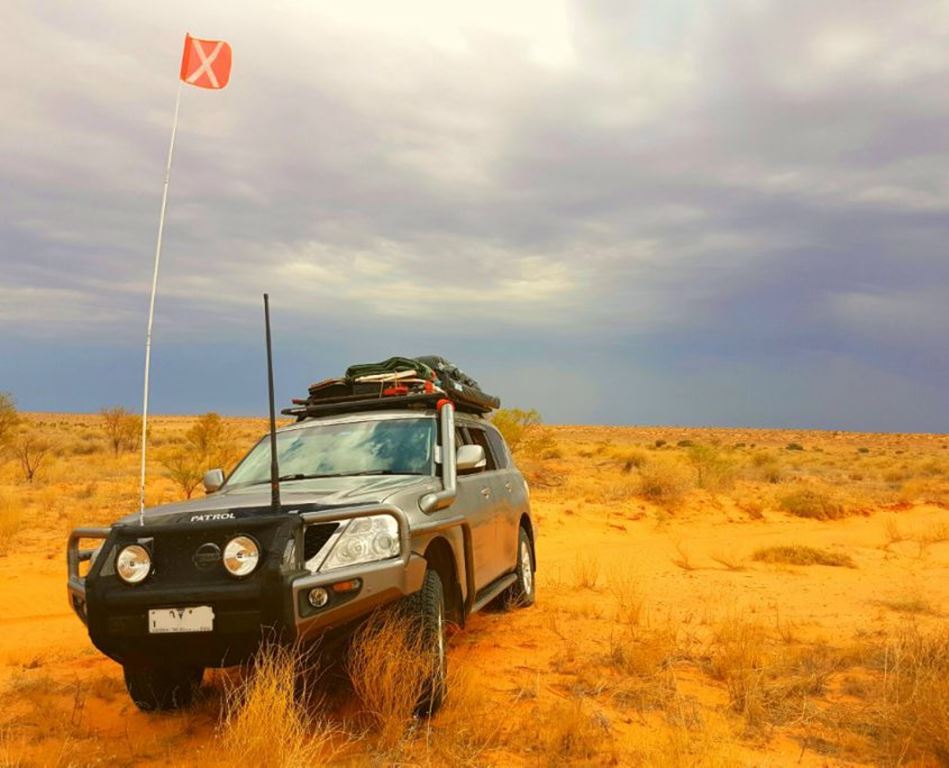
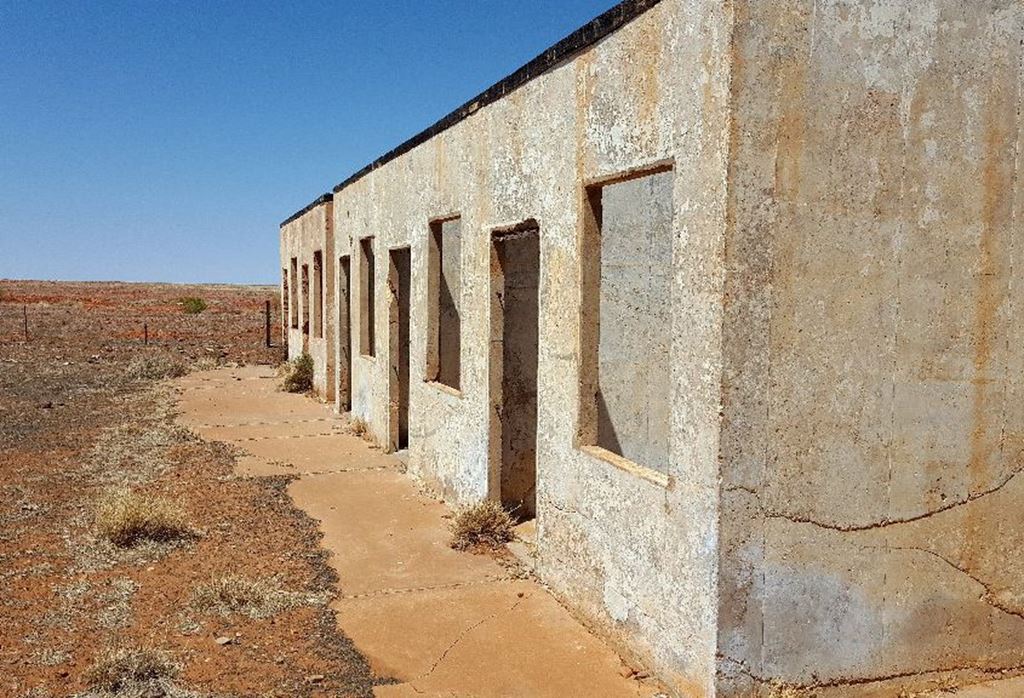
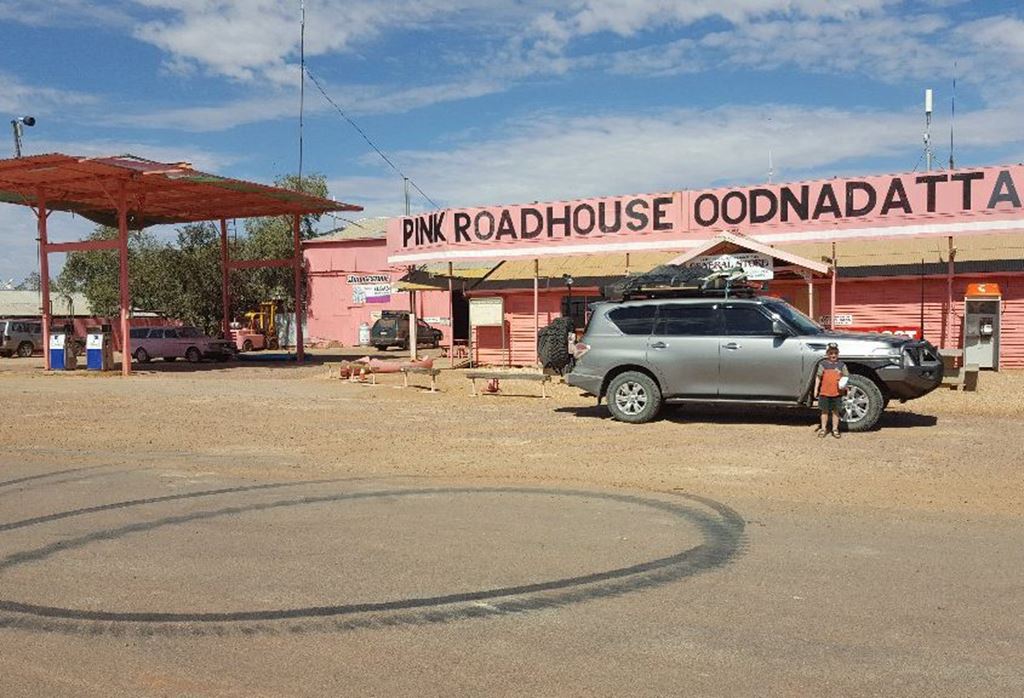
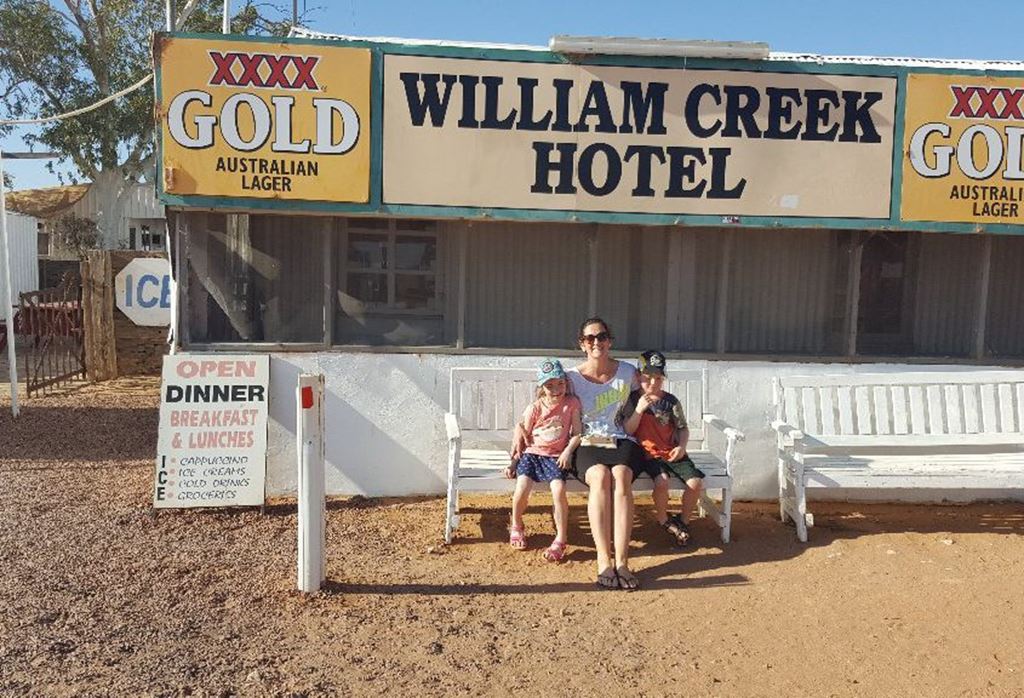
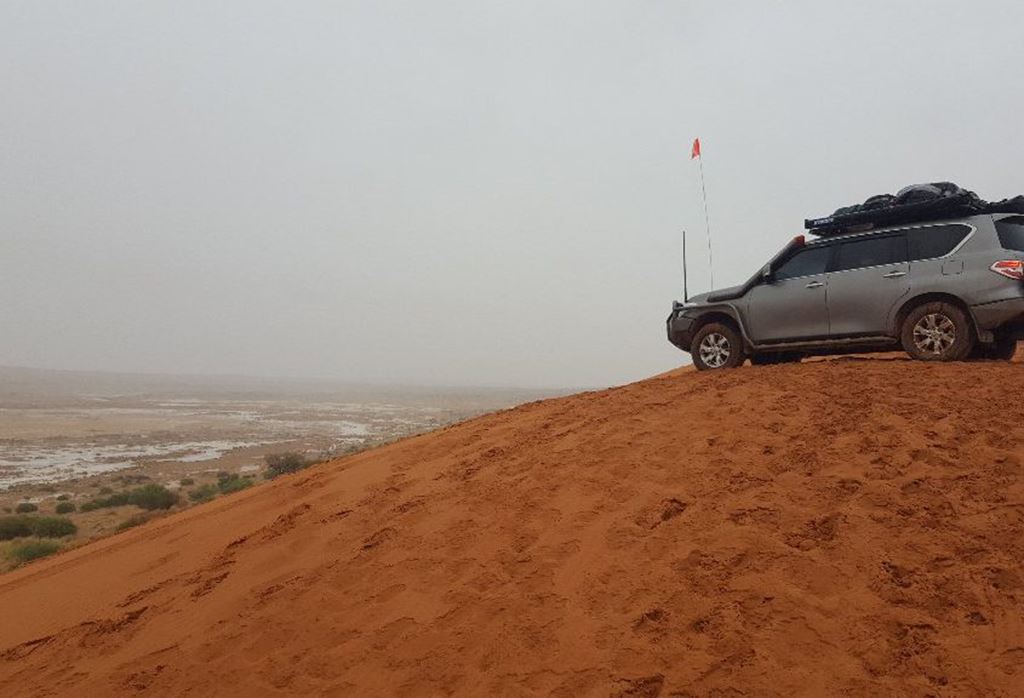
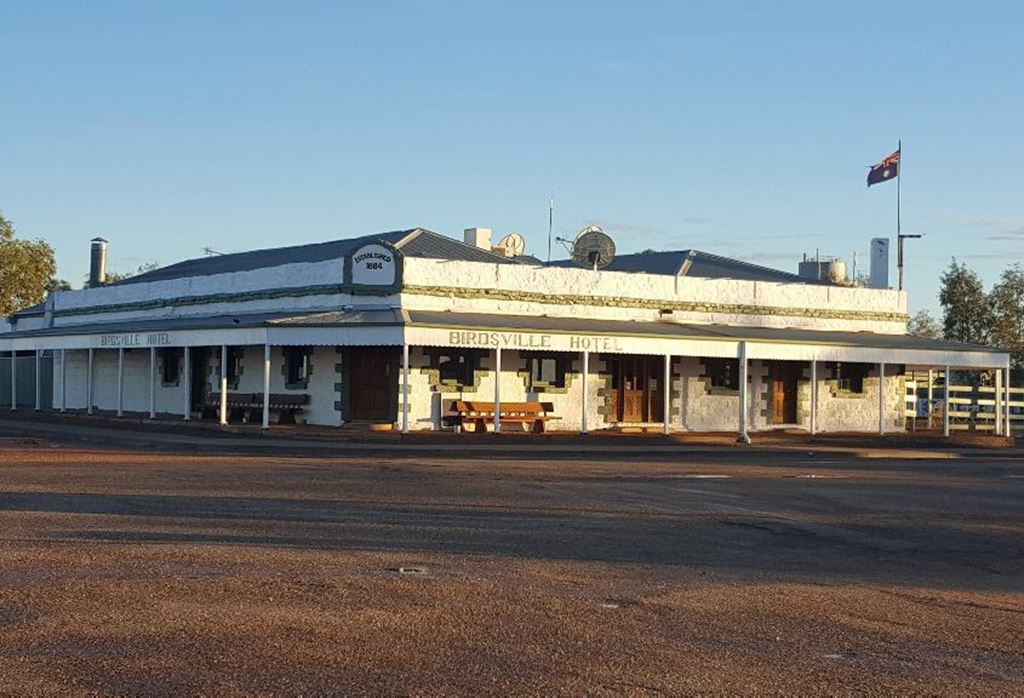

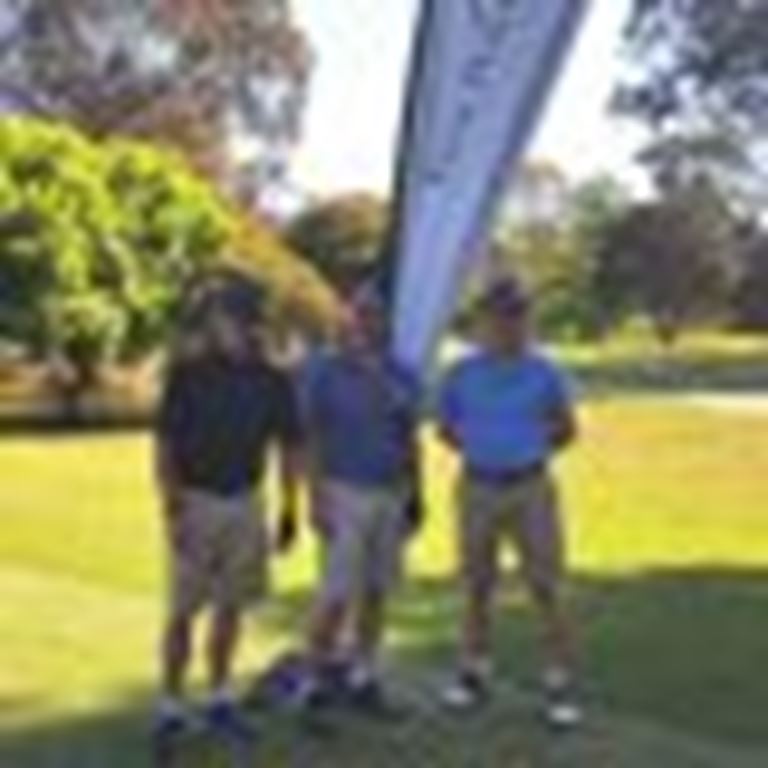
 Interest Rate Update – February 2018
Interest Rate Update – February 2018